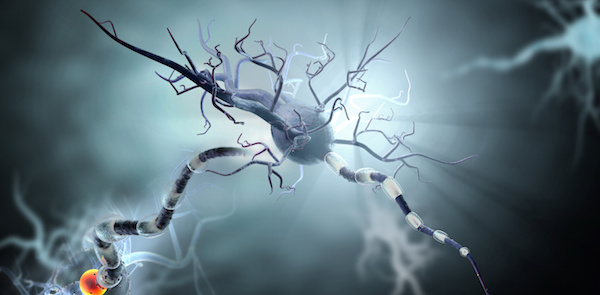
MONDAY, Jan. 12, 2015 (HealthDay News) — The mind can play a key role in maintaining muscle strength in limbs that are placed in a cast for a prolonged period of time, a new study suggests.
The researchers said mental imagery might help reduce the muscle loss associated with this type of immobilization.
Although skeletal muscle is a well-known factor that controls strength, researchers at Ohio University’s Ohio Musculoskeletal and Neurological Institute investigated how the brain affects strength development.
In conducting the study, the team led by Brian Clark set up an experiment to measure changes in wrist flexor strength among three groups of healthy adults.
In one group, participants wore a rigid cast that completely immobilized their hand and wrist for four weeks. Of these 29 participants, 14 were told to routinely perform an imagery exercise. They had to alternate imagining that they were intensely contracting their wrist for five seconds with five seconds of rest. As they performed this imagery exercise, they were guided by the following instructions:
“Begin imagining that you are pushing in as hard as you can with your left wrist, push, push, push . . . and stop. (Five-second rest.) Start imagining that you are pushing in again as hard as you can, keep pushing, keep pushing . . . and stop. (Five-second rest.)”
These instructions were played four times and followed by a one-minute break. The participants completed 13 rounds per session. There were five sessions each week, the researchers said in a news release from the American Physiological Society.
The other half of the cast group did not perform any imagery. And 15 people who did not wear a cast served as a “control” group, according to the study authors.
After four weeks, all of the participants who wore a cast lost strength in their immobilized hand and wrist, the study found. The researchers noted, however, that those who had performed mental imaging lost 50 percent less strength than the group that didn’t do mental exercises.
The nervous systems of those who performed imagery exercises also regained voluntary activation — or the ability to fully activate the muscle — more quickly than those who didn’t, the findings showed.
“Our findings that imagery attenuated the loss of muscle strength provides proof-of-concept for it as a therapeutic intervention for muscle weakness” and voluntary neural activation, the study authors wrote in the report published in a recent issue of the Journal of Neurophysiology.
More information
The U.S. National Institute of Neurological Disorders and Stroke has more about the human brain and how it works.
Copyright © 2025 HealthDay. All rights reserved.

